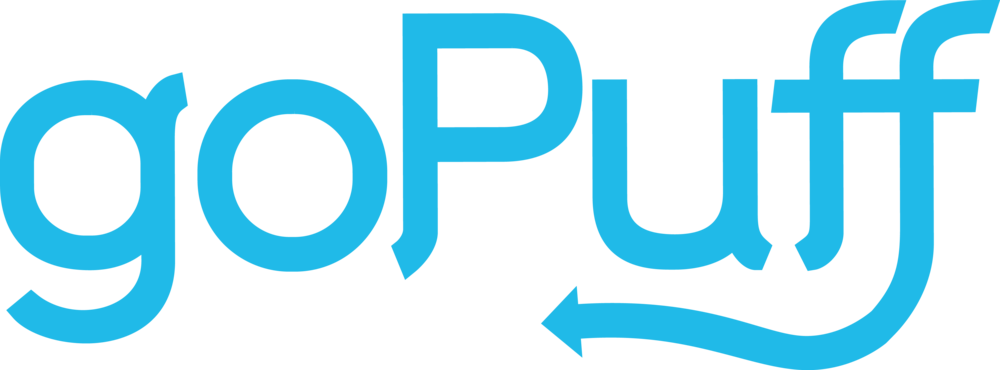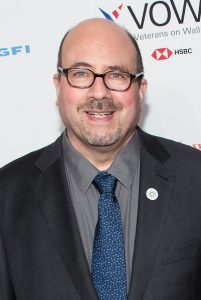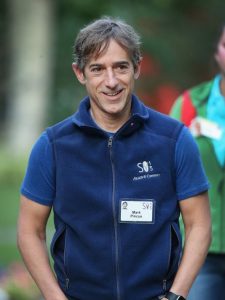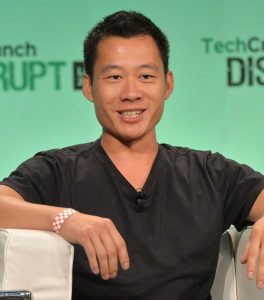goPuff : The Story of a Millenial Delivery Service, to the Millenials and by the Millenials
Having a necessary education or experience to run a business has become a myth, and most of the successful college dropouts, including Steve Jobs, Bill Gates, and Mark Zuckerberg are the biggest example of the same. Now there is no limitation on the age or the background of a person, in order to start a business. Like the co-founders of goPuff, Yakir Gola and Rafael Ilishayev, who started the company without having any experience in entrepreneurship, both running 20 and were the students of Drexel University.
Though Gola had a bit of experience of business earned through his parents’ small jewellery business, Ilishayev was a newbie for their startup. Gola’s parents had migrated from Israel, and Ilishayev’s family belonged to the Russian descent. The two met each other at the University, and since they shared the common language, they became good friends in no time.
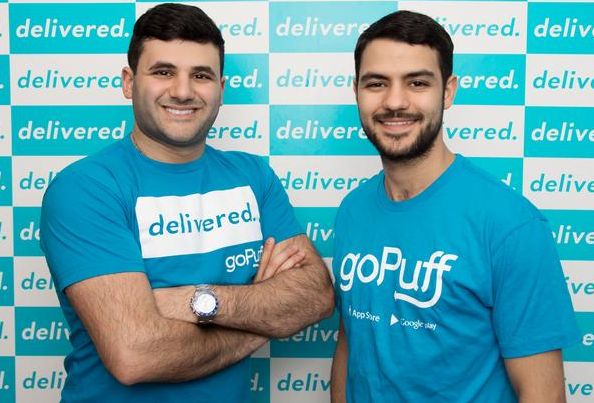
goPuff was not their first business, as, before goPuff, they sold office furniture to people and had saved a sufficient amount of money. While in college, it was Gola who had a car among all their friends, and always went out to bring small daily need things. Sometimes, the two would go to multiple stores at different locations to buy different things. The process was quite time-consuming and tiring.
Since it was not much long ago, companies like Amazon and some food delivery services were already providing home-deliveries, but there was nothing that could help with the late night cravings or emergency needs. It was an eye opener for the two, and they founded an opportunity in the same.
Gola and Ilishayev were convinced that they need to start a service, which could help people get things on their doorsteps, within a few minutes. The two started working on their business model and concluded 50 items, which they could deliver easily in a particular area. Since they did not have much of the money, and initially, it was just an experiment, they picked cheaper things to deliver. The two founded this very delivery service in their University campus and named it goPuff.
The first hurdle that came into their way was convincing the store owners. After that, they started finding investors for their business and invested $60,000 of the earnings from their furniture business. They worked seven days a week and 16 hours a day, as initially, they did not have the money to hire other people for the delivery. In fact, it was only Gola and Ilishayev, who delivered for the first six months.
The driving force for the two was the challenges and the targets they gave each other. Soon, the service became popular, and they started delivering in other Universities in Philadelphia, and then, in the other cities. After working hard for four months, they were able to get a small warehouse for their supplies, and later, they added more things to their delivery list. In 2015, Gola left college to concentrate completely on the venture, and on the other hand, Ilishayev graduated in legal studies from the University in the same year.
The company became popular and started doing really well. In December 2015, the two started another delivery service to specially deliver beer, naming it goBeer, and in the following year, in the month of May, they launched an alcohol delivery service called goBooze.
Soon, the service extended to the Universities based in cities like Boston, Washington, D.C. and Austin, Texas. By the end of the first year of its inception, the company had hired 60 full-time employees, and 2017, it had 200 employees. In the same year, the company closed an $8.25 million Series A funding round from Anthos Capital, and the two partners were named “2017 30 Under 30: Retail and E-Commerce” by Forbes. They also won the 2017 Target Marketer of the Year Award.
The credit for the success of goPuff entirely goes to the uniqueness of the concept behind it, and the sacrifices the two co-founders made to work for it. For those past years, both Gola and Ilishayev have been ditching holidays as well as other plans with their family and friends to work for goPuff. goPuff, in a few cities, provides its services 24/7, and in other cities, the service is open until 4:30 a.m. The company is serving to the millennials, so the method of customer support is also millennial. The company is always active on Twitter to answer the queries of its customer. The company provides the fastest delivery, 23 minutes being the fastest delivery time.

Yashica is a Software Engineer turned Content Writer, who loves to write on social causes and expertise in writing technical stuff. She loves to watch movies and explore new places. She believes that you need to live once before you die. So experimenting with her life and career choices, she is trying to live her life to the fullest.
